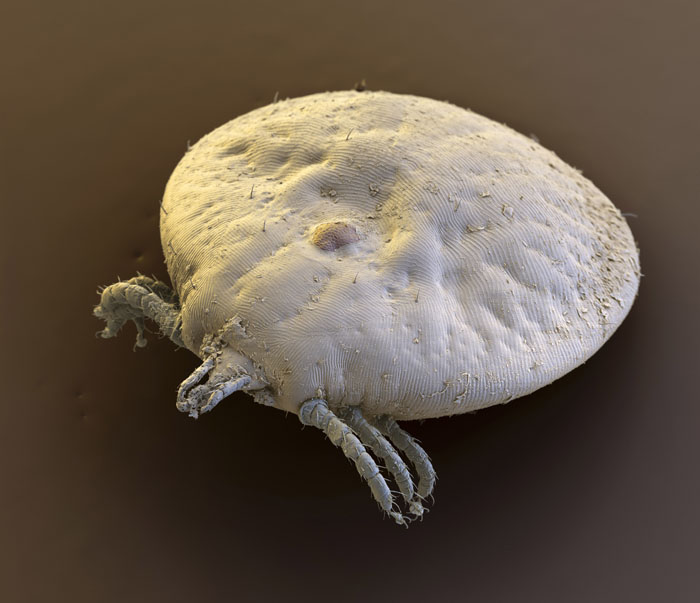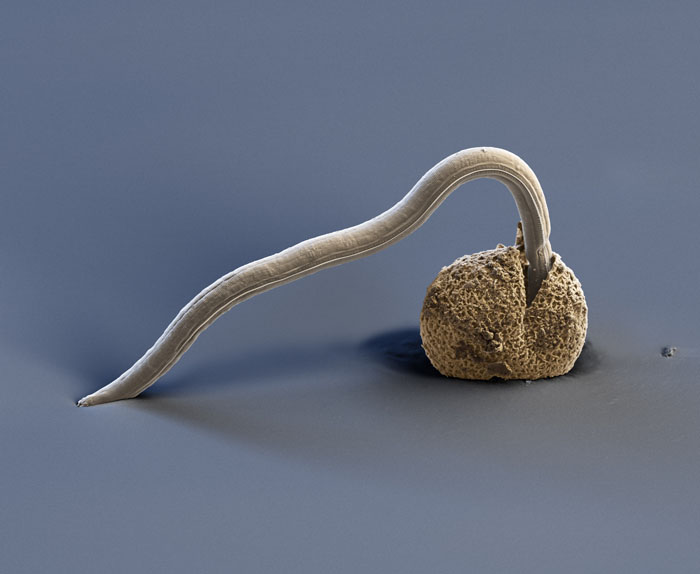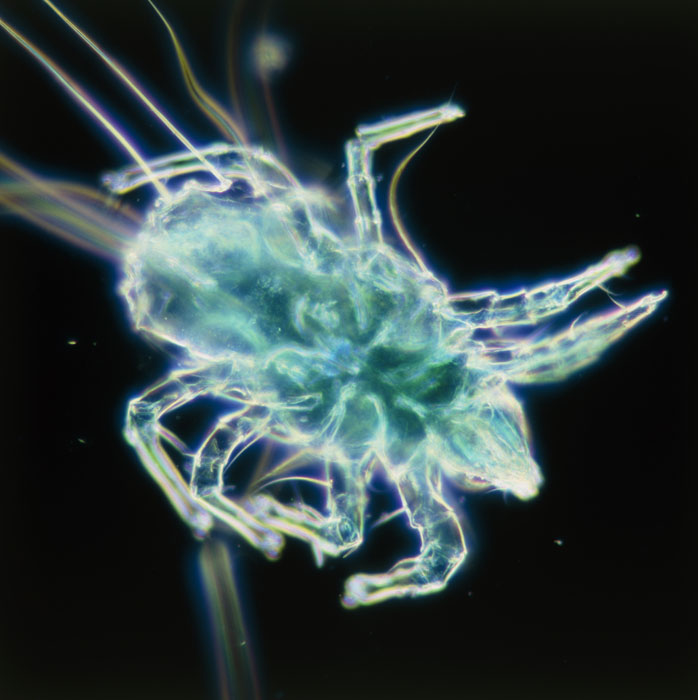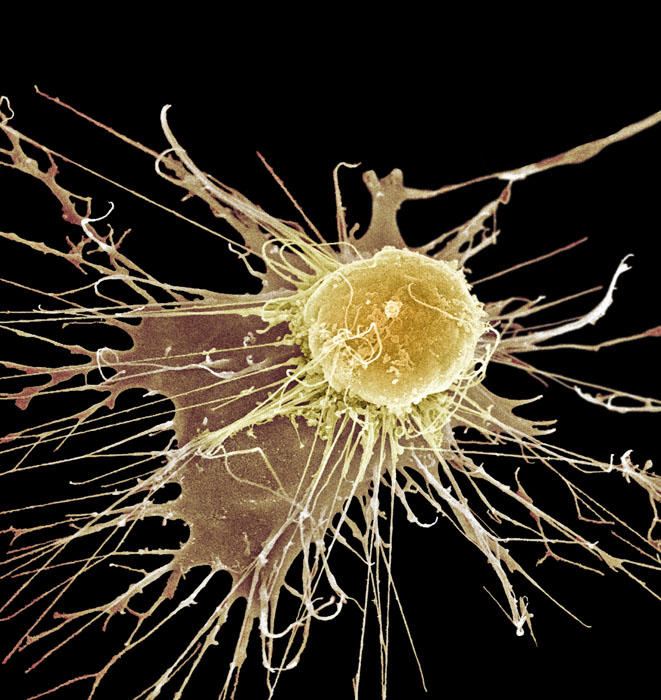Micrograph Stock Images

BY5431 Colored SEM of house dust from a living room shelf. © Science Source - science photos

BS4951 Colored SEM of nerve synapses on muscle fibers. © Science Source - science photos

BY6263 Colored SEM showing diatoms, a group of algae distinguished by their dazzling array of symmetrical forms. © Science Source - science photos

BY9305 Colored SEM of a parasitic bat fly, Basilia nana. © Science Source - science photos

BY9320 Colored SEM of a small tick (Argas vespertilionis) which parasitizes bats. © Science Source - science photos

BY9387 Colored SEM of synthetic microspheres used as a filter aid medium. © Science Source - science photos

2U9356 Adult deer tick (Ixodes dammini), the vector for Lyme disease. © Science Source - science photos

BY9420 Colored SEM of a hatching nematode larva (Toxocara canis). © Science Source - science photos

GA4293 Light micrograph of human hairs under polarized light. © Science Source - science photos

BY6304 Colored SEM of the surface of a microchip. © Science Source - science photos

SP5277 Watchmaker's brass screws, colored SEM. © Science Source - science photos

SK7017 - Stem cells, colored scanning electron micrograph (SEM). Stem cells can differentiate into any other cell type. There are three main types of mammalian stem cell: embryonic stem cells, derived from blastocysts; adult stem cells, which are found in some adult tissues; and cord blood stem cells, which are found in the umbilical cord. The cells seen here are destined to become blood cells. During blood cell development in adults, stem cells develop through a process known as hemopoiesis. Blood cells have short lifespans and are therefore constantly produced by the bone marrow. © Science Source - science photos

GA4403 - Light micrograph (LM) of silicon solar cell. Close-up of the surface of solar (photovoltaic) cells, which convert light into electrical energy. Cells are made from a semi-conductor such as silicon (as here). When light hits it it releases electrons, which are converted into an electrical current. A grid of thin wires collects the electrons. These are polycrystalline (amorphous) cells, made from numerous small silicon crystals. This type of cell is less efficient than a single-crystal cell, but is far cheaper to manufacture. Solar power is an environmentally-friendly energy source. It does not use up limited resources and does not release toxic waste products. Magnification: 25X at 35 mm. © Science Source - science photos



















